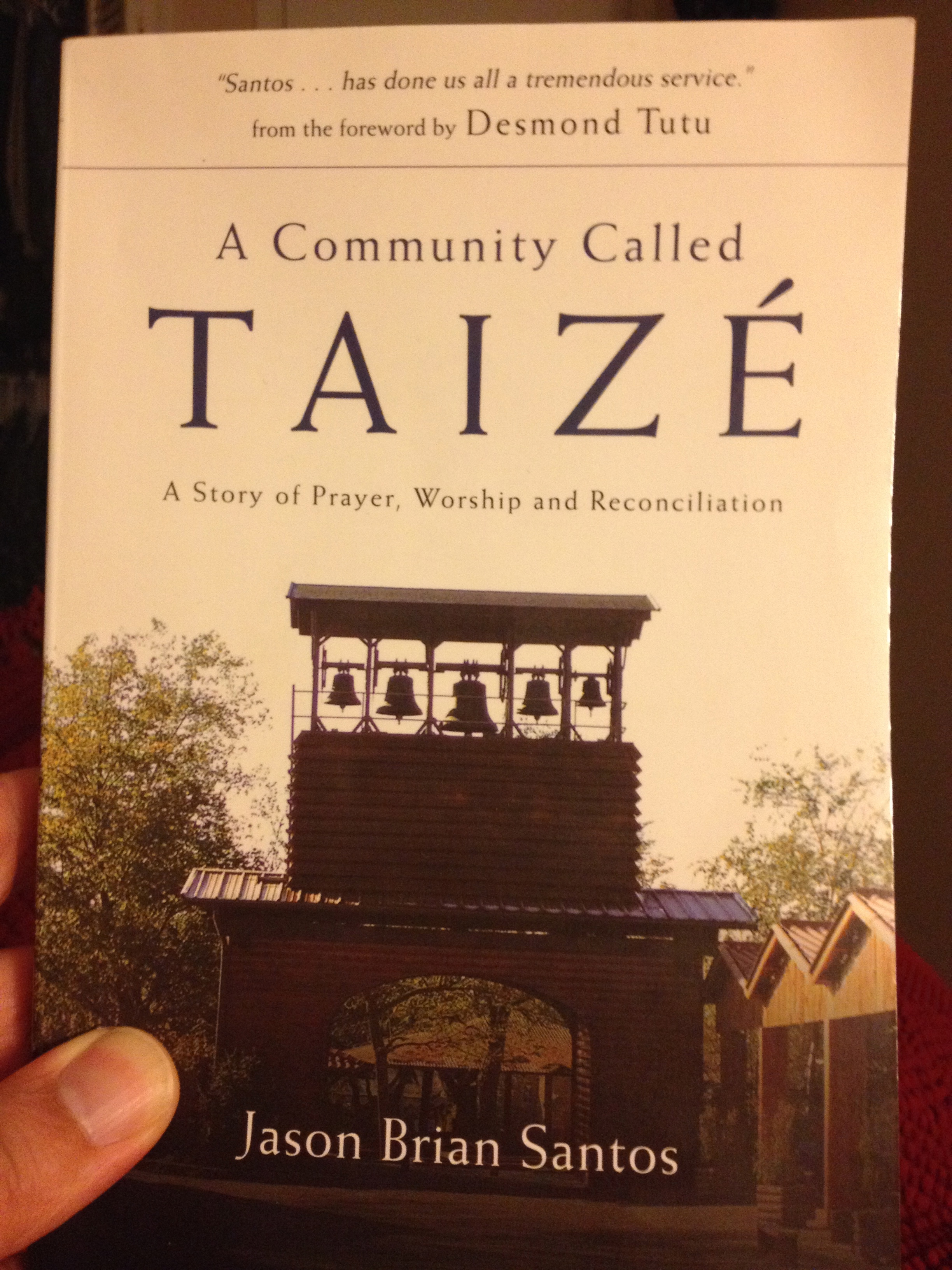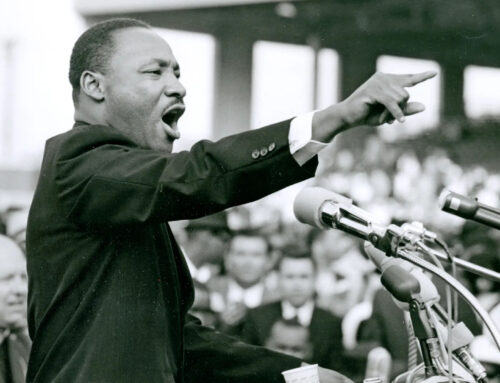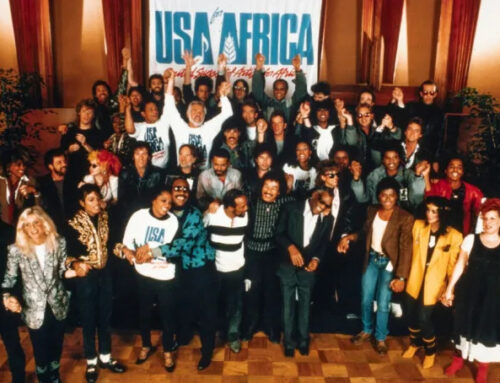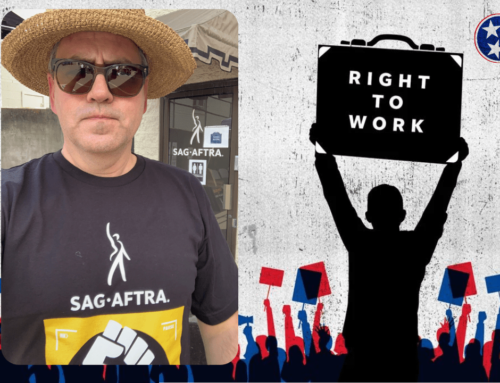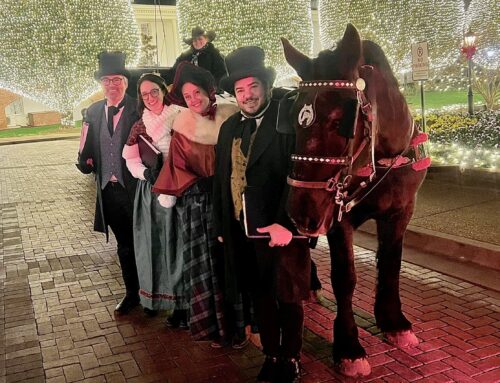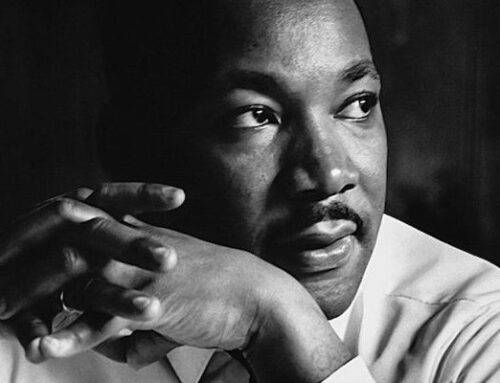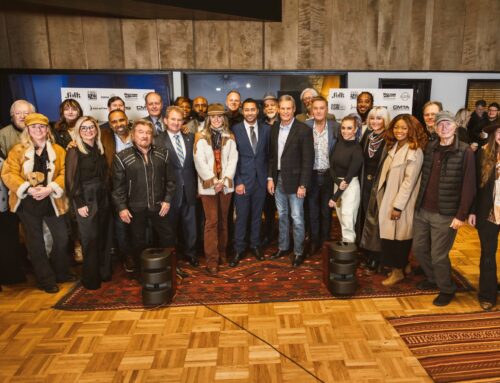 I first saw the word on a church sign in downtown Nashville. First Presbyterian was advertising their Taize service. I understood it to be the anti-megachurch, production driven, rock n roll show, but didn’t really know what else it was about. I don’t remember when I got this book, but I picked it up to read during our recent camping trip to Fall Creek Falls state park. I’m glad I did.
I first saw the word on a church sign in downtown Nashville. First Presbyterian was advertising their Taize service. I understood it to be the anti-megachurch, production driven, rock n roll show, but didn’t really know what else it was about. I don’t remember when I got this book, but I picked it up to read during our recent camping trip to Fall Creek Falls state park. I’m glad I did.
First things first, the word is pronounced TAY-zay. If you’ve heard of Taize, it is likely in a musical context. In reality, it is so much more. Taize is an “ecumenical, intentional [Christian] community” based in Burgundy, France. They don’t use the word “monastery,” but I wouldn’t fault you if you did. The community’s mission is to be a living example of God’s reconciliation in the world. This book tells the story of Brother Roger, his founding of the community during World War II, it’s surprising growth, his tragic death in 2005, and the community today. Several things make the community unique among monasteries, including housing visitors (what they call pilgrims) and incorporating them into the brother’s daily life. And here’s the thing. They attract “young people.” A lot of ’em. It’s estimated that some 100,000 people from the ages of 17-29 visit the community every year. Most stay for a week to attend Bible study, tend to work assignments, and attend prayer services three times a day.
Many churches are importing the music from the community into their own church services (we’ve been doing this). But really, there’s nothing special about the music and if we focus only on the music of Taize, we miss greater lessons in acceptance and reconciliation. If you’re a church leader, especially a youth leader, pay attention to this community. 100,000 worshipping young people a year. In France. Using almost none of the techniques North American churches are known for. Have your attention?
Prayer service at the Taize community. (Source: wikipedia)
Resources
See more book reviews From the Bookshelf.
Read my comment policy.

